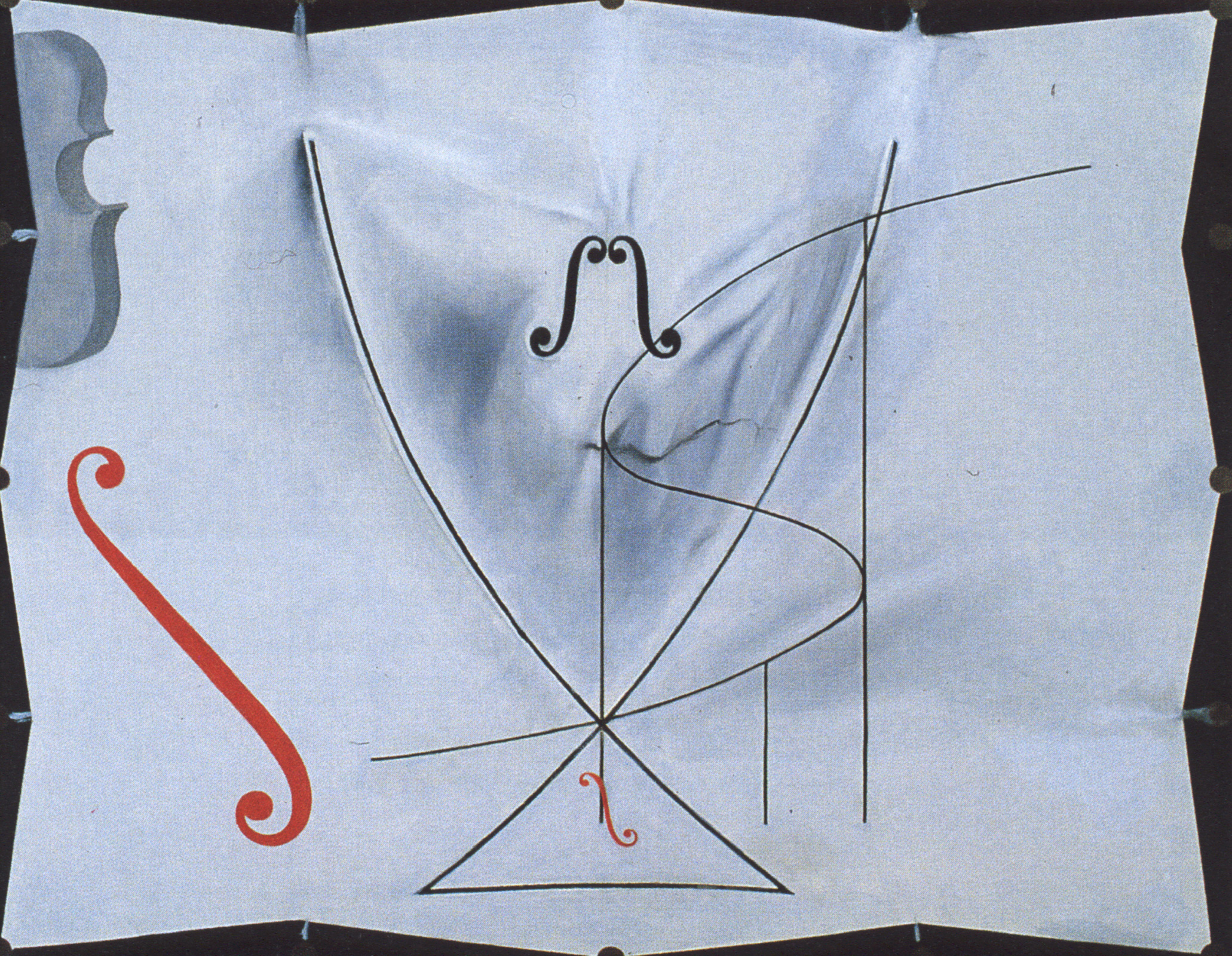The Swallow’s Tail completed in the spring in 1983, the last in a series based of paintings based on catastrophe theory, and was one of Salvador Dali’s last paintings. Catastrophe theory, based on the thinkings of Rene Thom, posited that there are seven equilibrium surfaces: fold, cusp, swallowtail, butterfly, hyperbolic umbilic, elliptic umbilic, and parabolic umbilic. Dali incorporated each one of these surfaces into his painting, alongside the gentle and elegant curves of the cello. Set against a gentle blue background, the painting is more than just a series of shapes and curves; it is a precise representation of Dali’s understanding of and interest in mathematical theory.




The Swallow's Tail
oil on canvas • 73 x 92.2 cm
 Salvador Dalí
Salvador Dalí